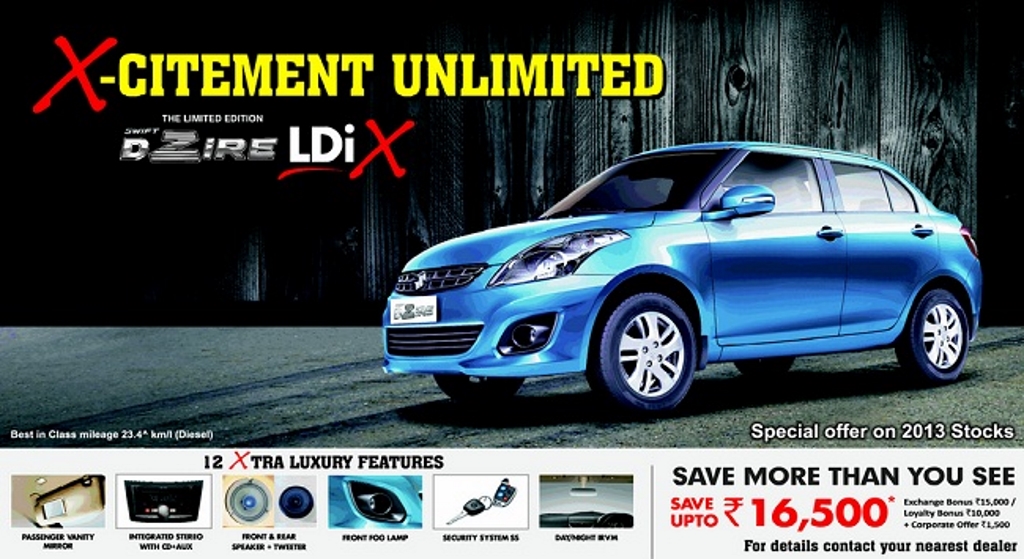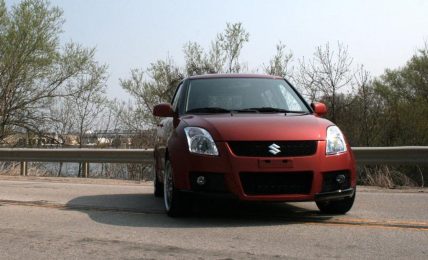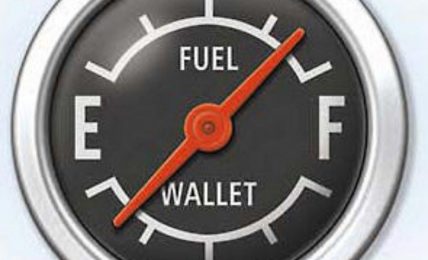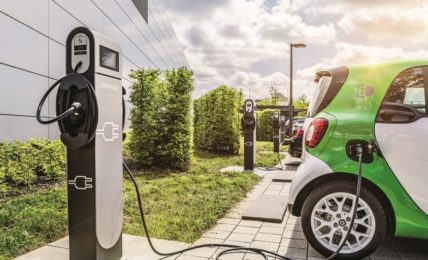A common man gives first preference to fuel economy when he/she buys a two/four wheeler. Performance, comfort, looks, etc. can be listed down in the priority list but they are never ahead of the running cost. We often see advertisements in televisions, ad-boarding with vehicles covering the entire frame and little space left for vehicle specifications and fuel economy figure. Hardly a few may notice a small star (*) mark near the fuel economy figure and somewhere at one corner that star mark is followed by the line “as per ARAI”. The real scenario is that fuel economies of vehicles are no way close to the ARAI figure. The three words in the quote actually points out to a 1300 page book which has some thousands of clauses. We don’t expect everyone to go through that book and hence we made a small effort to explain you briefly what is there in the book.
We would rather compare this phrase “as per ARAI” to “upto”. Whenever we go for shopping and find offers, we generally see two versions; “Flat 40% off and Upto 40% off” but as per normal human tendency we assume UPTO as FLAT and go ahead with shopping but when we do the actual billing then we find that off is probably 20 or 30%. Most of the times we shrug out the small price difference and pay the extra amount which we never had in our mind. The same thing is here with the fuel economy “as per ARAI”. We see the advertisements and our brain automatically assumes the real fuel economy as that of ARAI.
So what does ARAI actually do?
ARAI is abbreviated to “Automotive Research Association of India.” One can say that this Association is the baap of all companies. Right from the Tata Nano to Mercedes S-Class was certified by this association before they were declared street legal (some imports don’t need certification, depending on their value and engine capacity).
ARAI tests critical components of the vehicle and does the reliability test before the vehicle is approved for mass production. Components like engine, gearbox, chassis, steering and even seatbelts are tested; apart from that, the vehicle testing is done for emissions, performance, fuel economy and vehicle dynamics and so on.
What conditions is the vehicle tested for fuel economy?
Well this is the most important part. The vehicle runs on a friction free dynamometer in an enclosed room. The room temperature is maintained at 25 degree celsius and barometric pressure is maintained at 1 bar. The tyre should have thread depth within 50 to 90% of initial thread depth. The maximum air resistance speed should not be greater than 18 km/hr. For air-cooled engines, the testing room also contains a big fan that is placed in front of the vehicle to ensure uniform flow-rate; for a liquid-cooled engine an auxiliary cooling unit is provided to control the engine temperature. The vehicle is filled with limited fuel quantity and its run on the friction free chassis dynamometer with windows closed (for cars).
Name any environmental factor that affects the performance of a vehicle and that is controlled in this room. If one compares such scenario in the real world then they would understand that such conditions are never found. The reason for vehicles clocking such figures is purely because of the above mentioned controlled conditions.
ARAI basically does these kinds of testing in closed controlled conditions to ensure accurate results and there is no hard-fast rule that companies cannot put the ARAI figures in their marketing data.
We have sorted out some fuel economies such that one can compare real life figures to ARAI ones. We don’t want our readers to be bluffed by the ARAI numbers.
Car name – ARAI fuel economy – Real life fuel economy (as per our own tests):
1) Honda Amaze Diesel – 25.8 km/l – 18 km/l
2) Tata Nano – 25.4 km/l – 18 km/l
3) Hyundai Grand i10 Diesel – 24 km/l – 18 km/l
4) Nissan Micra Diesel – 23.08 km/l – 17 km/l
5) Maruti Swift Diesel – 22.9 km/l – 16 km/l
6) Maruti Alto 800 – 22.7 km/l – 16 km/l
7) Volkswagen Polo 1.2 TDI – 22.07 km/l – 15 km/l
8) Renault Duster 85 PS – 20.45 km/l – 14 km/l
9) Skoda Octavia Diesel – 19.3 km/l – 11 km/l
10) Mercedes ML-Class (ML350 CDI) – 15.26 – 9 km/l
We analysed the results with our database and came to a conclusion that real life fuel economy is approximately 69% of ARAI figure. The 69% is again an average of high volume cars and it varies from model to model (you can take ARAI figures are directly reduce the mileage by 30% to get the real world achievable figure). So if you are planning to buy a vehicle then please keep the above consideration in your mind and do the calculations.





